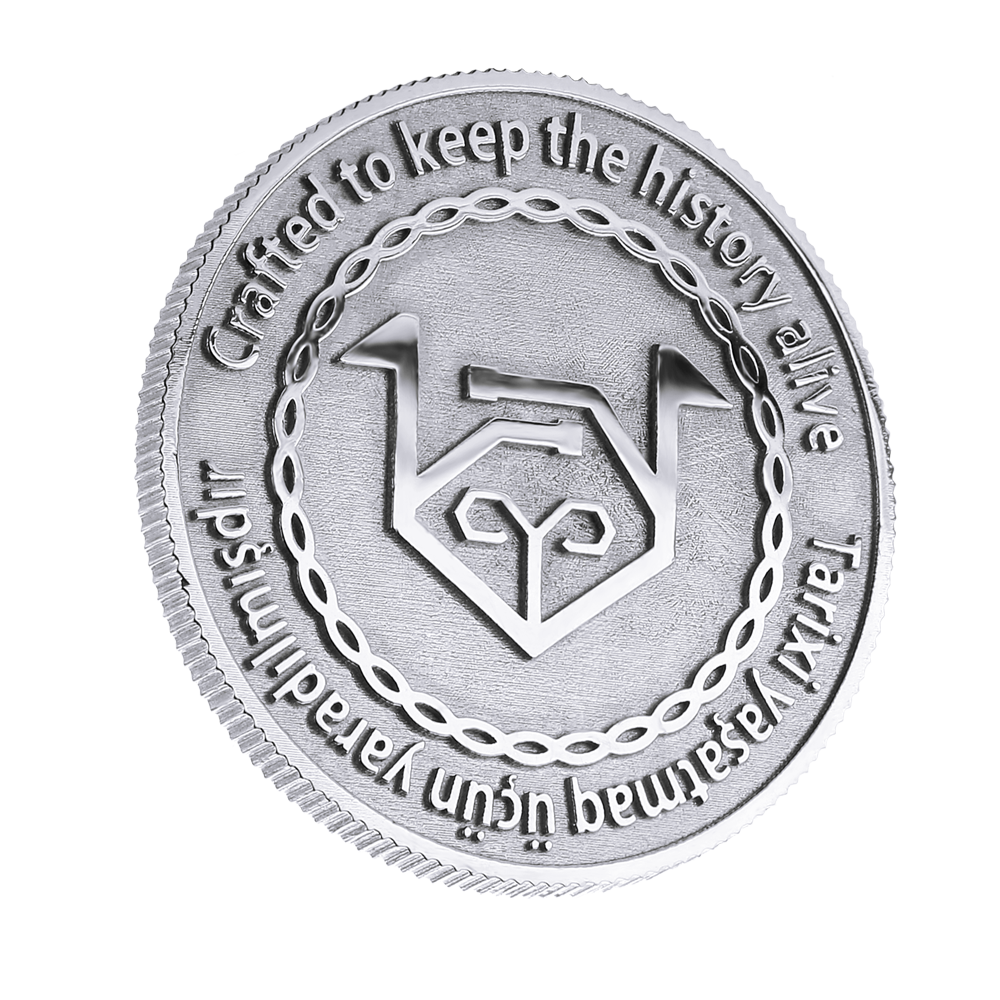Description
Coins of Azerbaijan collection by Resm is inspired by coins minted in Azerbaijan khanates. For more than 2000 years, the numismatics of Azerbaijan have accompanied the national statehood, clearly confirming its stable presence. At the same time, in its long history, the country’s monetary business managed to rise to a high level in artistic terms, graphically illustrating both the skills and craftsmanship of its makers and the aesthetic values of the time and society. The main denominations of cash and monetary systems of Azerbaijan khanates in the late 18th – early 19th centuries were silver abbasis and shahis. As small change, they produced copper coins under the common name of fulus or gara pul (black money). Their obverse side indicated the place and date of minting. The dating system was in accordance with Mongol-Turkic calendar of 12-year “animal” cycle. The coins of some khanates were decorated with the ancient Turkic symbol “The Lion and the Sun”, which adorned the silver dirhams of the sultan of Anatolian Seljuk State, Kaykhusraw II long before that. On the reverse side, there were images of the relevant animal or legends in Arabic or Persian. With the elemination of the khanates, their silver coins remained in circulation on local markets for a long time and then served as a kind of accessory for female attire, turning from numesmatic into ethnographic artefacts.
This is just a small piece of information about the coins of Azerbaijan. We want to preserve this information and play a little role in passing on pur heritage to future generations.
Silver and copper coins were published anonymously in the Iravan khanate as in Nakhchivan. Only the silver and copper coins were in the khanate, as there was no choice for the gold coins. The silver coins of the Iravan khanate were very few, and several copper coins still exist. This coin is inspired by copper coins of the Iravan Khanate dating back to the 18th century.











